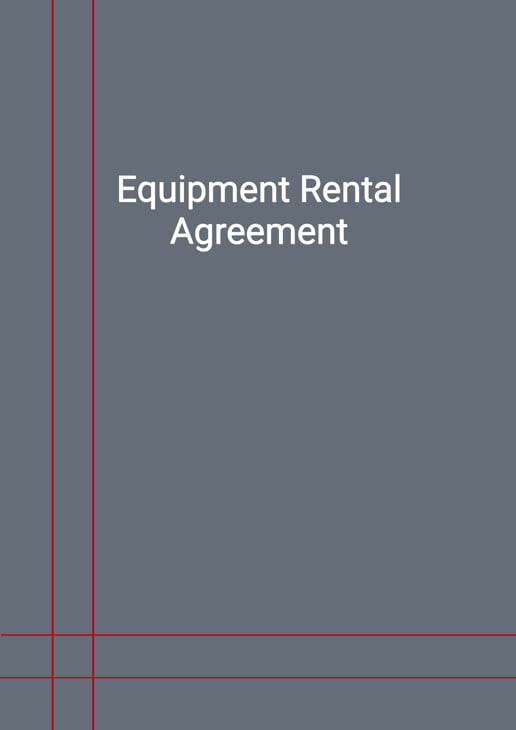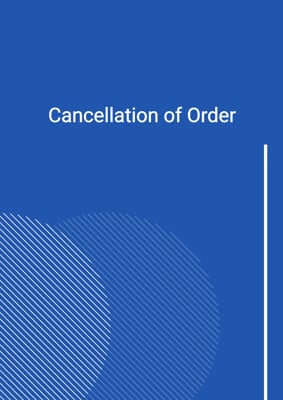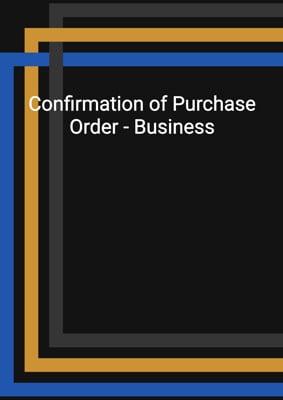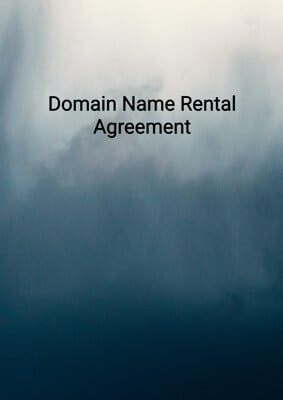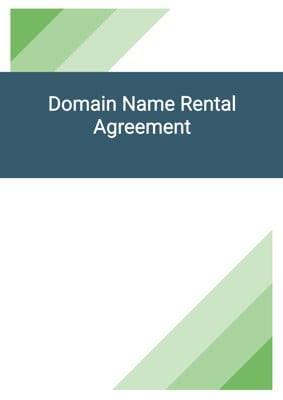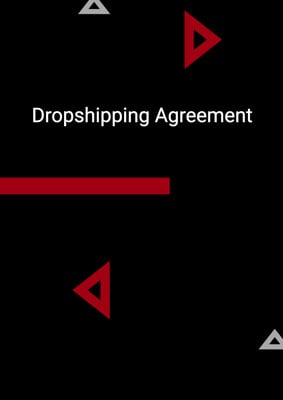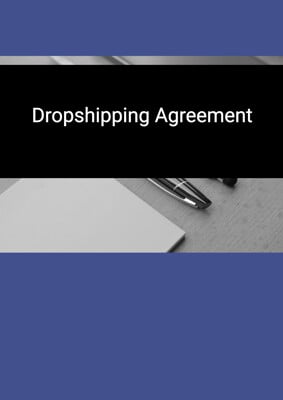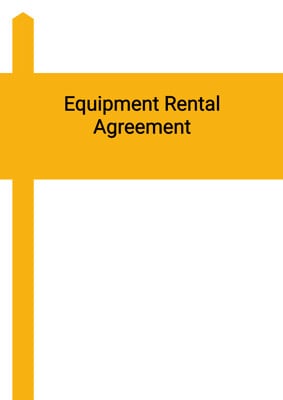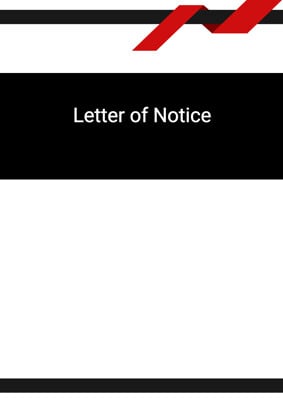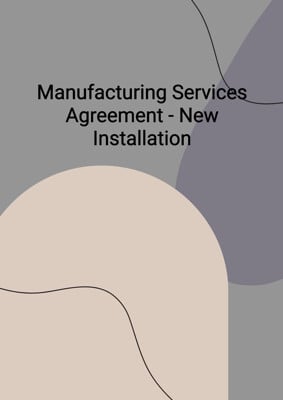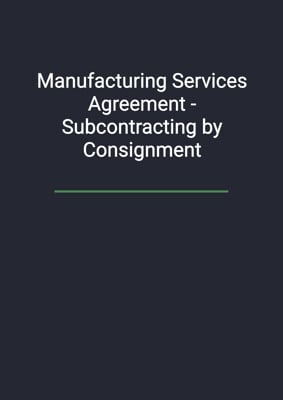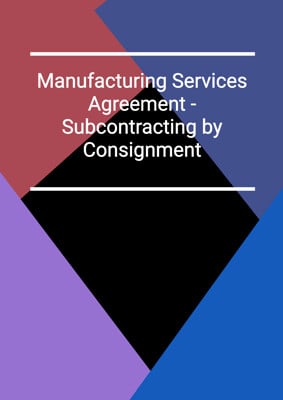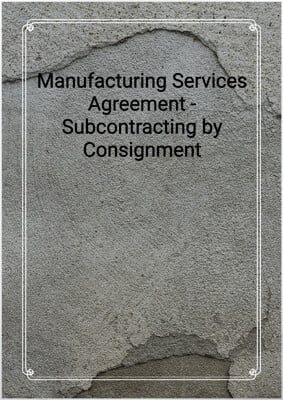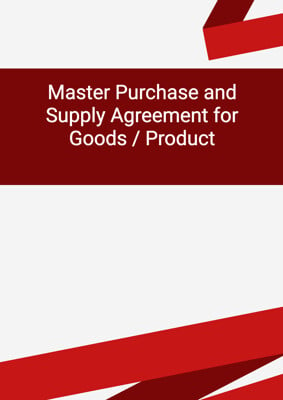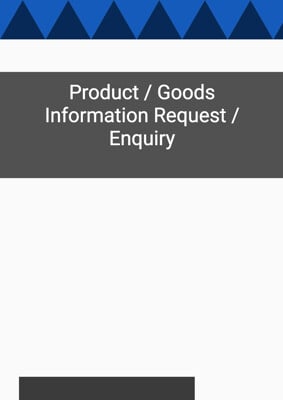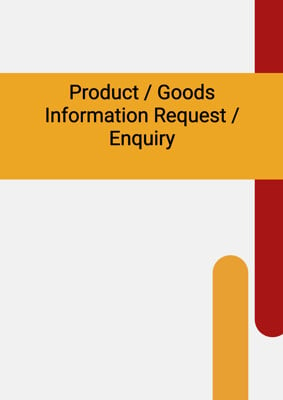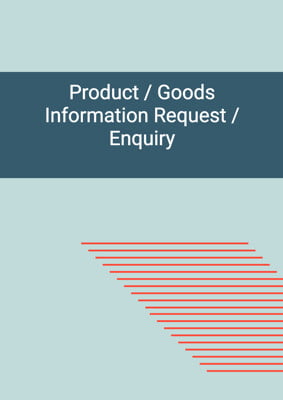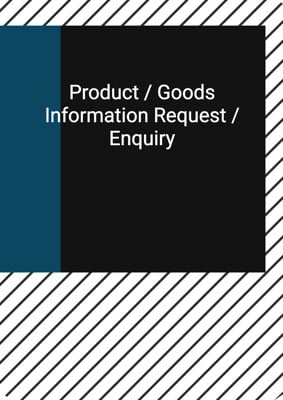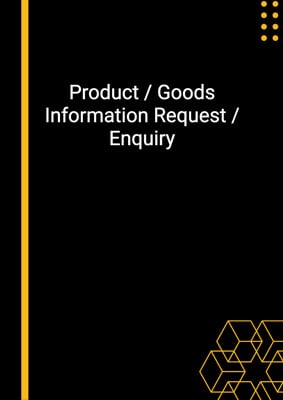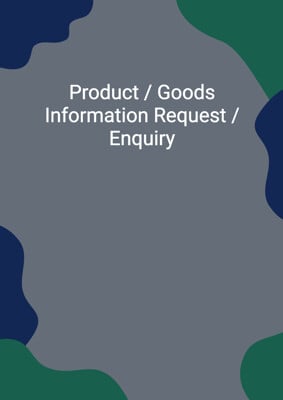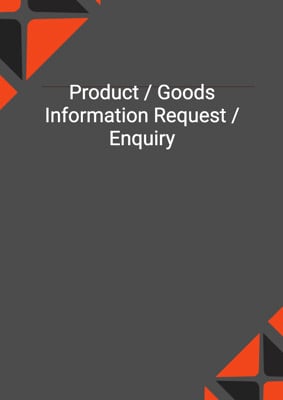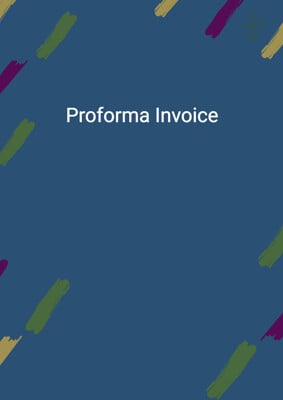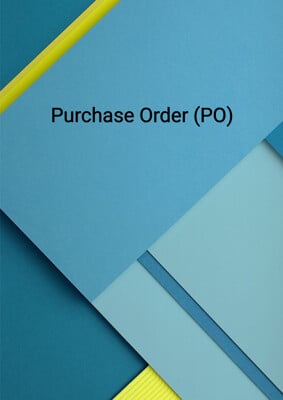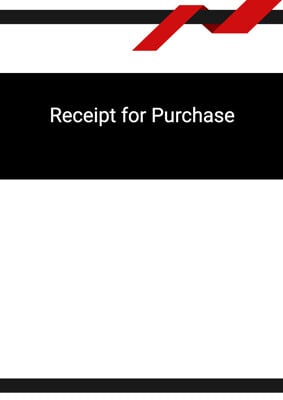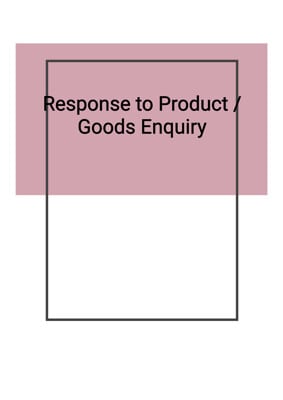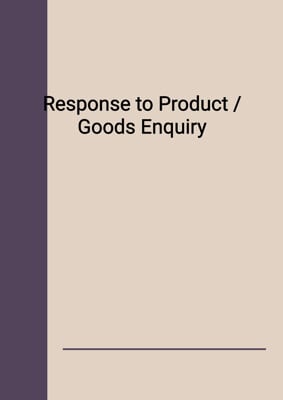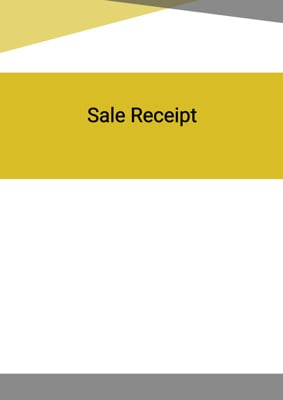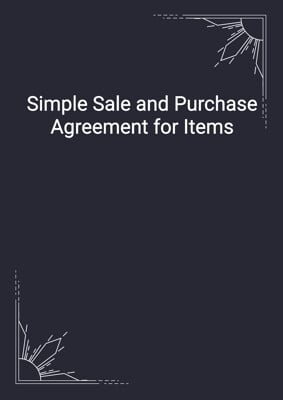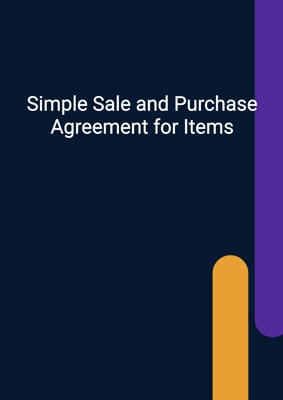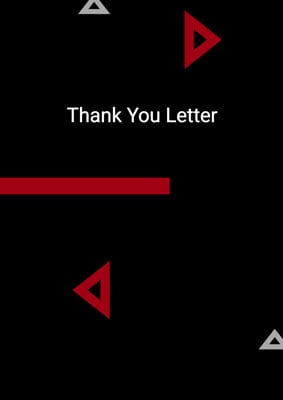How to Tailor the Document for Your Need?
01
Create Document
Fill in the details of the parties. You can click the "Fill with Member’s Information" button to complete it with information saved to your account.
02
Fill Information
Please fill in any additional information by following the step-by-step guide on the left hand side of the preview document and click the "Next" button.
03
Get Document
When you are done, click the "Get Document" button and you can download the document in Word or PDF format.
04
Review Document
Please get all parties to review the document carefully and make any final modifications to ensure that the details are correct before signing the document.
Document Preview
Document Description
The Equipment Rental Agreement is a legal document that outlines the terms and conditions of renting equipment between the lessor and the lessee. This agreement is important as it ensures that both parties are aware of their rights and responsibilities during the rental period.
The entire document consists of several sections that cover different aspects of the rental agreement. The first section is the introduction, which includes the names and addresses of both the lessor and the lessee. It also states that the lessor will rent the equipment to the lessee based on the terms and conditions specified in the agreement.
The second section focuses on the equipment itself. It describes the specific equipment being rented and states that the lessee agrees to use it for a specific purpose. It also clarifies that the equipment remains the property of the lessor throughout the rental period.
The third section discusses the duration of the rental. It states the agreed-upon term of the rental, including the start and end dates. It also mentions that the lessor will pick up the equipment according to a schedule provided.
The fourth section covers the rent payment. It states that the rent is payable in a specific currency and on a periodic basis. The lessee is responsible for making the payments on time and for any applicable taxes or fees related to the equipment.
The fifth section addresses the deposit. It states the amount of the deposit and when it should be paid. It also explains the conditions under which the deposit may or may not be refunded.
The sixth section focuses on the warranties provided by the lessor. It states that the equipment will be in good working condition at the start of the agreement and that it is fit for the purpose it is being leased for. It also confirms that the lessor has the right to lease the equipment.
The seventh section outlines the responsibilities of the lessor. It states that the lessor is responsible for keeping the equipment in proper repair, except in cases where the damage is caused by the lessee's intentional behavior or negligence.
The eighth section covers the responsibilities of the lessee. It includes prompt payment of rent and deposit, proper use and maintenance of the equipment, and allowing the lessor to inspect the equipment with reasonable notice.
The ninth section discusses the termination of the lease. It states the conditions under which the lessor can terminate the lease, such as non-payment or breach of the agreement. It also mentions that the lessor has the right to take possession of the equipment upon termination.
The tenth section addresses notices and service. It explains how notices should be served and provides the contact information for both parties.
The eleventh section includes miscellaneous provisions, such as the entire agreement clause, the validity of the lease in case of void or unenforceable provisions, and the waiver of breach clause.
The twelfth section states that the lessee assumes all risks associated with the use of the equipment and agrees not to hold the lessor liable for any loss or damage. It also mentions that the lessee should obtain their own insurance.
The thirteenth section clarifies that this lease does not grant any rights to third parties.
The fourteenth section specifies the governing law and jurisdiction for any disputes arising from the agreement.
In conclusion, the Equipment Rental Agreement is a comprehensive document that covers all aspects of renting equipment. It ensures that both parties understand their rights and responsibilities, and provides a legal framework for the rental period.
How to use this document?
1. Enter the names and addresses of both the lessor and the lessee in the agreement to clearly identify the parties involved.
2. Specify the equipment being rented and the purpose for which it will be used to avoid any misunderstandings.
3. Clearly state the duration of the rental, including the start and end dates, and provide a schedule for equipment pickup.
4. Clarify the rent payment terms, including the currency, periodicity, and any applicable taxes or fees.
5. Explain the deposit requirements and the conditions under which it may or may not be refunded.
6. Provide warranties for the equipment, ensuring that it is in good working condition and fit for the intended purpose.
7. Outline the lessor's responsibilities for maintaining and repairing the equipment, except in cases of lessee negligence.
8. Clearly communicate the lessee's responsibilities, including prompt payment, proper use and maintenance of the equipment, and allowing inspections.
9. Specify the conditions under which the lease can be terminated, such as non-payment or breach of the agreement, and the lessor's right to take possession of the equipment.
10. Explain the process for serving notices, including the acceptable methods and contact information for both parties.
11. Include miscellaneous provisions, such as the entire agreement clause, the validity of the lease in case of void provisions, and the waiver of breach clause.
12. Advise the lessee to obtain their own insurance to cover any loss or damage to the equipment.
13. Clarify that the lease does not grant any rights to third parties.
14. Specify the governing law and jurisdiction for any disputes arising from the agreement.
Note: This guidance provides a general overview of the steps to use the document. It is important to review the specific terms and conditions of the Equipment Rental Agreement for a complete understanding of the agreement.
Not the right document?
Don’t worry, we have thousands of documents for you to choose from:
